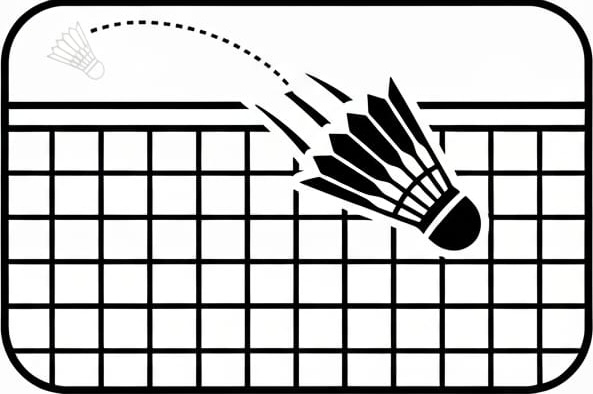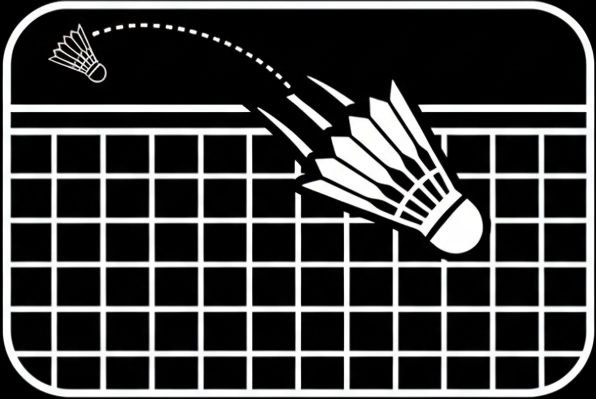Estimated reading time: 4 minutes
Choosing the right badminton racket is essential for improving your performance and maximizing your enjoyment on the court, irrespective of your skill level. Whether you’re picking up a racket for the first time or looking to fine-tune your competitive edge, understanding which racket best matches your skill level and style of play is the key to success in unlocking your full potential.
Why Skill Level Matters in Racket Selection
Badminton rackets come in various weights, balances, and shaft flexibilities, each affecting how you strike and maneuver on the court. Using a racket designed for your skill level is critical to develop good technique, reduce injury risk, and enjoy the game as you progress.
Skill-Level Categories
We’ll break down racket recommendations for three main skill categories:
- Beginners: Casual players who play recreationally.
- Intermediate Players: Those polishing their technique and seeking better power and control.
- Advanced Players: Experienced, competitive players who demand maximum precision.
Rackets for Beginners
Key Attributes:
- Lightweight frame: Easier on wrists and shoulders; promotes longer play and less fatigue
- Flexible shaft: Provides extra ‘whip,’ generating more power with less technique.
- Head-light or even balance: Simple to maneuver for technique development and quick defensive shots.
- Lower string tension (18-20 lbs): Easier to generate power, larger sweet spot.
Recommended Features:
- Weight: 5U (75–80g) or 4U (80–85g).
- Balance: Head-light or Even Balanced.
- Flexibility: Flexible shaft.
Popular models:
- Yonex Nanoray 10F – Lightweight with a flexible shaft.
- Nanoflare 001 Series – Various even-balanced options for control and forgiving feel.
- Who is this for?
Players learning basic strokes, footwork, or returning to the sport after a long break. Kids and teens, or anyone with less upper body strength.
- My experience?
I consider myself an Intermediate player, but when I started, I used a Head light racket which allowed me to play with other intermediate players and hone my defensive skills. I used the Yonex Arcsaber Play.
Rackets for Intermediate Players
Key Attributes:
- Moderate weight (4U/3U): Balances power and maneuverability.
- Medium or stiff shaft: More control and responsiveness as your swing speed increases.
- Even or head-heavy balance: Versatile for developing attacking or defensive techniques.
- String tension (21–24 lbs): Enhanced control and feel without sacrificing power.
Recommended Features:
- Weight: 4U (80–85g) or 3U (85–89g).
- Balance: Even balanced or head-heavy (if attacking), head-light for defense and quick rallies.
- Flexibility: Medium stiff.
Popular models:
- Yonex Astrox Next Stage – Head-heavy, medium flex for developing attacking play.
- Victor Brave Sword 12 – Even balance; great for all-round development.
- Babolat Satelite Gravity 74 – Lightweight, easy maneuverability for doubles and versatile play
Who is this for?
Players who have mastered the basics and want a racket that balances control, power, and speed. Suitable for adults or competitive juniors eager to develop specific play styles.
My experience?
I am an aggressive intermediate level doubles player. Currently I have the Yonex Nanoflare Pro 800 and a Even balanced Yonex Duora Z Strink which I use when I start playing before I switch to the more defensive Nanoflare.
Rackets for Advanced Players
Key Attributes:
- Heavier (3U) or optimized weight: For maximum shot stability and control.
- Stiff shaft: Superior feedback, suited for swift, technical swings.
- Head-heavy or specialized balance: For players with powerful smash technique or advanced control at the net.
- High string tension (24–28 lbs+): Sharper control, quick shuttle response.
Recommended Features:
- Weight: 3U (85–89g) but depends on personal preference.
- Balance: Head-heavy for aggressive play, even balance for all-rounders.
- Flexibility: Stiff shaft.
Popular models:
- Yonex Astrox 99 – Head-heavy, stiff shaft, Nanomesh technology for explosive power and ultimate control.
- Yonex Voltric Z Force II – Stiff shaft, heavy head for maximum power.
- Babolat X-Feel Origin – Semi-rigid shaft, high precision and power.
Who is this for?
Tournament and club players, advanced competitors who generate high racket speed and require ultimate shot precision and feedback.
My experience?
I am not there yet, but use the Astrox 100 zz which is considered a racket for highly advanced players.
Table: Best Badminton Rackets by Skill Level
| Skill Level | Key Features | Recommended Models | Suitable For |
| Beginner | Lightweight, flexible, head-light/even balance | Yonex Nanoray 10F, Nanoflare 001 | New/casual players, juniors |
| Intermediate | Medium-stiff, even/head-heavy, moderate weight | Astrox Next Stage, Brave Sword 12, Babolat Satelite Gravity 74 | Improving technique, all-rounders |
| Advanced | Stiff, head-heavy/even, optimized weight | Yonex Astrox 99, Voltric Z Force II, Babolat X-Feel Origin | Competitive, technical players |
Tips for Choosing by Playstyle
- Attacking players: Head-heavy, stiff racket for strong smashes and drives.
- Defensive players: Head-light or even balance, flexible/medium shaft for quick responses.
- All-rounders: Even balance, medium stiffness for versatility.
- Doubles specialists: Lightweight, maneuverable rackets for fast play and control at the net
Key Considerations
- Personal preference matters: Try several rackets before committing. Comfort and confidence are as crucial as the technical specs.
- String tension and type can further customize the feel—lower tension for beginners, higher for advanced players. Multifilament synthetic strings are durable and suit most players.
Conclusion
Your badminton journey is unique, and choosing the right racket can make the difference between frustration and rapid improvement. Always consider your current skill level and strive for a racket that supports your growth. As you advance, your preferences for weight, balance, and shaft flexibility may change, so don’t hesitate to revisit your equipment choices periodically.





